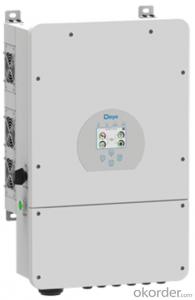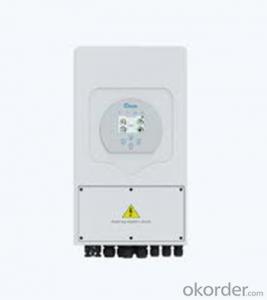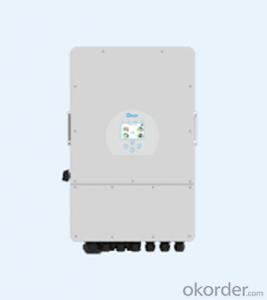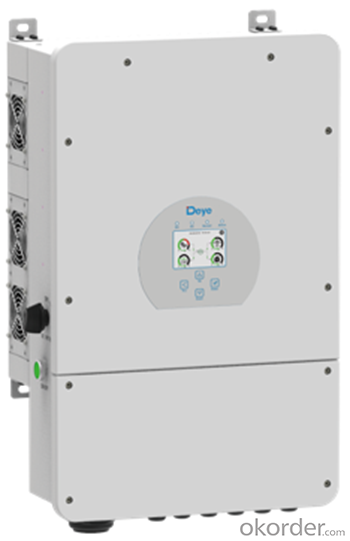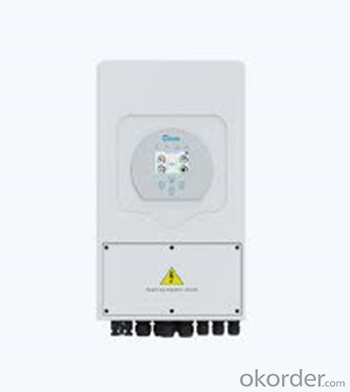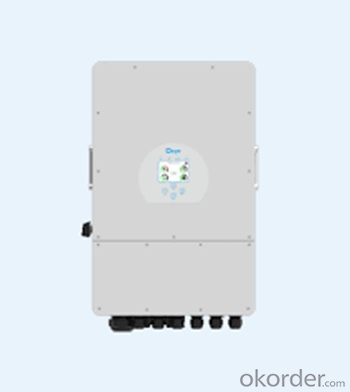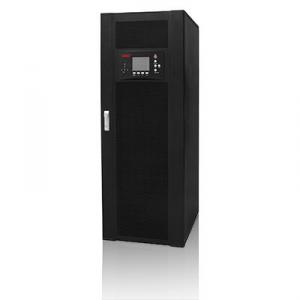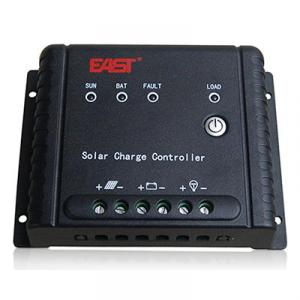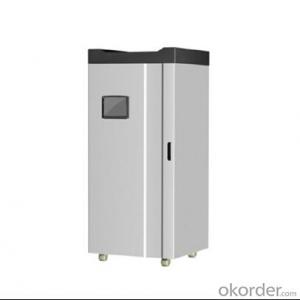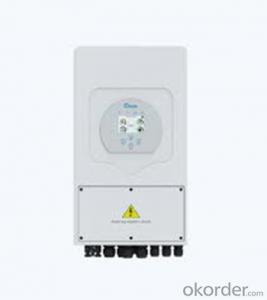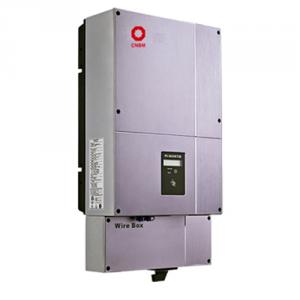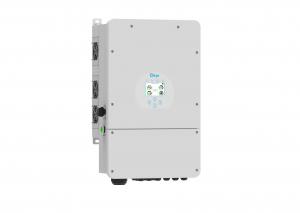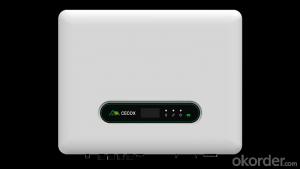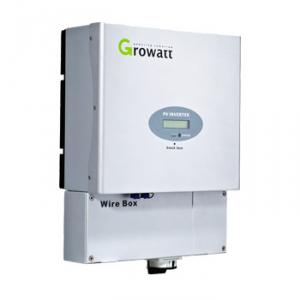Fox Solar Inverter - Deye Factory Price 48V 8KW Hybrid Solar Inverter with UL Certificates
- Loading Port:
- Stock in Panama
- Payment Terms:
- TT OR LC
- Min Order Qty:
- 10 pc
- Supply Capability:
- 5000 pc/month
OKorder Service Pledge
OKorder Financial Service
You Might Also Like
Specification
Specification
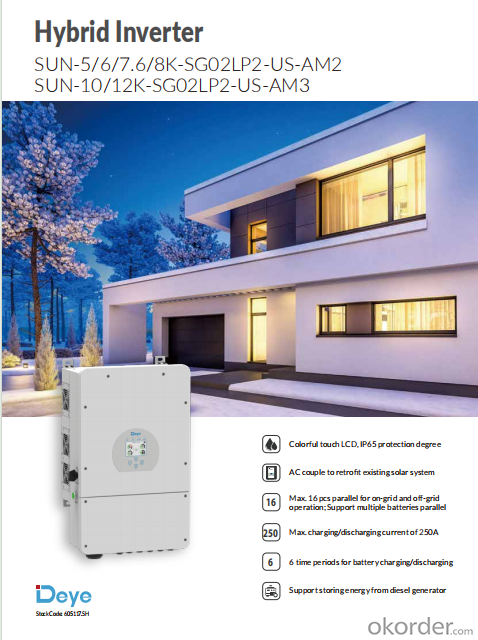

Company presentation


RFQ
Q: Do you have CE?A: Yes, our products are approved by CE.Q: Is OEM &ODM available in your factory ?A: Yes, you just offer us necessary documents and then we will produce the products as your requirements.Q: What is your Packing details?A: 1.Wooden case or carton package,standard export packages2.All of the productions are inspected carefully by QC before delivery.Q: What is your Delivery time?A: Usually, we make merchandise inventory. If we have the products in stock, the delivery time is 5-10 days after receiving the deposit; If we don’t have the products in stock, we will arrange the production right now. The delivery time will be 10-30 days. It depends on the quantity of order.Q:Why choose us?A: 1. Ready To Ship 2. Sample Available 3. One-Stop Service 4. Online customization5. Many years' experiences of manufacturing and service available in 24hours
- Q: How does shading impact the performance of a solar inverter?
- Shading can significantly impact the performance of a solar inverter by reducing the overall energy production of the solar panels. When certain parts of the solar panel are shaded, it creates an imbalance in the current flow, resulting in a decrease in the energy output. This can lead to a decline in the overall efficiency and power generation of the solar inverter. To mitigate this issue, technologies like bypass diodes are used in solar panels to minimize the impact of shading and ensure optimal performance.
- Q: What is the role of a surge protector in a solar inverter?
- The role of a surge protector in a solar inverter is to protect the inverter and other connected devices from power surges or voltage spikes that can occur in the electrical system. It helps to regulate and stabilize the incoming electricity, preventing damage to the inverter and ensuring the smooth and efficient operation of the solar power system.
- Q: How does a solar inverter handle variations in grid frequency?
- A solar inverter handles variations in grid frequency by continuously monitoring the frequency of the grid and adjusting its own output accordingly. If the grid frequency increases, the inverter decreases its output to maintain a stable supply. Conversely, if the grid frequency decreases, the inverter increases its output to compensate for the drop. This enables the solar inverter to synchronize with and support the grid, ensuring a reliable and stable power supply.
- Q: How does a solar inverter handle voltage fluctuations from the battery bank?
- A solar inverter handles voltage fluctuations from the battery bank by regulating and stabilizing the incoming DC voltage from the batteries. It converts the fluctuating DC voltage into a stable AC voltage, ensuring a consistent power supply to the connected devices or grid.
- Q: What is the maximum output power of a solar inverter?
- The maximum output power of a solar inverter varies depending on the specific model and its capacity. However, typical residential solar inverters have a maximum output power ranging from 1 kilowatt (kW) to 10 kW, while commercial and utility-scale solar inverters can have maximum output powers exceeding several megawatts (MW).
- Q: How does a microinverter differ from a string inverter?
- A microinverter is a type of solar inverter that is installed on each individual solar panel, whereas a string inverter is installed at a central location and is responsible for converting the electricity generated by multiple solar panels connected in series. The main difference lies in the level of control and optimization. A microinverter allows for independent operation and monitoring of each panel, maximizing energy production and minimizing the impact of shading or panel malfunctions. On the other hand, a string inverter offers cost-effectiveness and simplicity for smaller installations with unobstructed sunlight.
- Q: Can a solar inverter be used with a solar-powered heating system?
- Yes, a solar inverter can be used with a solar-powered heating system. A solar inverter converts the DC power generated by solar panels into AC power that can be used for various applications, including heating systems. By connecting the solar inverter to the solar panels and the heating system, the generated solar power can be efficiently utilized to provide heat for the system.
- Q: How does a solar inverter handle voltage regulation during high demand?
- A solar inverter handles voltage regulation during high demand by constantly monitoring the grid voltage and adjusting its output accordingly. When there is high demand, the inverter ramps up its power output to ensure that the voltage remains stable and within the acceptable range. It does so by regulating the reactive power flow and employing advanced control algorithms to maintain grid stability.
- Q: Can a solar inverter be used in a solar water pumping system?
- Yes, a solar inverter can be used in a solar water pumping system. The inverter is responsible for converting the direct current (DC) generated by the solar panels into alternating current (AC) required to power the water pump. This allows for efficient and reliable operation of the pumping system using solar energy.
- Q: Can a solar inverter be used with electric vehicles?
- Yes, a solar inverter can be used with electric vehicles. It allows for the conversion of DC power generated by solar panels into AC power that can be used to charge the electric vehicle's battery. This helps to make the charging process more efficient and environmentally friendly by utilizing renewable energy sources.
Send your message to us
Fox Solar Inverter - Deye Factory Price 48V 8KW Hybrid Solar Inverter with UL Certificates
- Loading Port:
- Stock in Panama
- Payment Terms:
- TT OR LC
- Min Order Qty:
- 10 pc
- Supply Capability:
- 5000 pc/month
OKorder Service Pledge
OKorder Financial Service
Similar products
Hot products
Hot Searches
Related keywords
